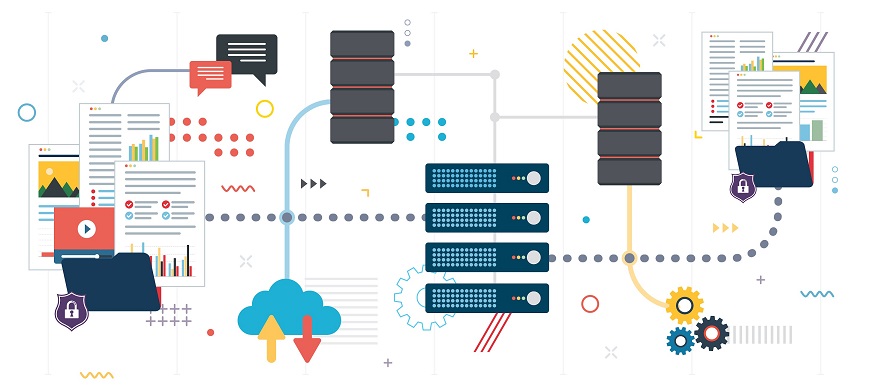Managing a shared network can be an uphill task if there’s no proper plan in place and if there are no laid down rules to guide the process. Considering that the pandemic has brought about new ways of working, including working from home or other remote locations, it may be a challenge to manage a shared network.
One of the critical aspects of network management is network downtime, which refers to the inaccessibility of the network due to the failure of a particular system, application, or the entire network of a company. Network downtime is costly because it affects the productivity of team members, revenue, and the reputation of a company.
Successful management of a shared network requires getting all the basics right. Network security is also an important aspect. Check it out here:
1. Keep An Inventory Of All Systems
This can be done by moving around and recording what you have or installing software that can scan the network. You can achieve this manually by registering everything from the core switch to servers, routers, firewalls, and distribution switches.
2. Minimize Manual Management
This means automating the network by computerizing various functions to make work easier. Ensure that automation is easy to implement. Network monitoring teams can automate tasks by performing application connectivity checks, verifying that each network infrastructure device is connected as it should, finding out where a device connects to the network, and finding inconsistencies between network configurations and the company’s configuration templates.
3. Provide VPN Access To Team Members
This is crucial for team members working from home or other remote locations. A VPN allows secure movement of data between the company’s core systems and devices used by the team members. A VPN provides security by hiding the IP addresses of the team members, encrypting the data being transferred between devices using a VPN, and covering up the location of the sender and recipient of data. Ensure to train all team members on how to use a VPN to protect the company network efficiently.
4. Assess The Scope And Risk Of Changes
Make sure that before you introduce any changes, find out the number of endpoints affected by the change. Find out also how vital the services are that could be affected by any changes. Risk analysis should be done after the assessment. Network teams should subject the changes to a peer review, then perform pre-deployment testing and validation as well as implementation and testing.
5. Take Note Of Compliance Standards
Check whether you need to observe any compliance standards before installing network management tools. Be aware of what you need to monitor and for how long. You can follow compliance standards better by setting up systems for compliance separately from those for troubleshooting the network.
6. Document All Processes
Documentation is critical to enable the repeating of the processes. This saves the team members time and also helps them avoid misconfigurations. An excellent example of documenting processes is troubleshooting wireless network connectivity issues.
7. Have Network Maps And Diagrams
Whenever you select a network management system, ensure that it can create maps with status icons, then add icons for every device on your list of crucial infrastructure. Have the map displayed in the same area where the helpdesk is. You can view the maps in different locations because of the ability of the system to allow multiple logins.
8. Set Up An Alerting System
This should be based on the network team members’ working hours so they can be informed of any issues arising from the crucial infrastructure. Considering that most companies have a support desk only during the day and an on-call system after work hours, it’s advisable to have specific teams like those manning servers and certain applications to receive alerts during working hours.
9. Structure Your File Organization System
You can achieve this by coming up with a naming and filing process that’ll allow easy storage and avoid any inconsistencies in the company.
10. Establish Rules
Have some rules and guidelines in place before sharing a storage drive with any of the team members in the company. For instance, the policies should clearly show who should view, edit, or delete any files on the company’s shared drive.
Conclusion
Managing a shared network is possible if you have all the essential things. Together with the tips discussed, monitoring devices and the users is also necessary for managing shared networks. You can pick any of the available applications to automatically do the monitoring so you can simply search for an IP address or username.







